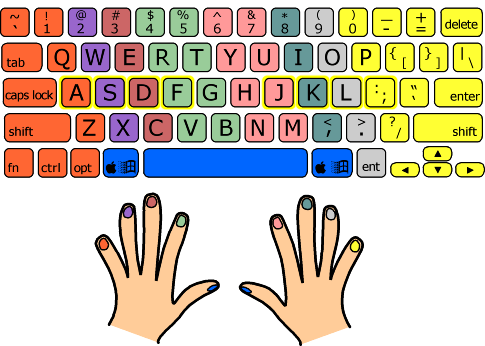Brown, Collins, and Guguid (1989) proposed a cognitive
apprenticeship theory of learning which placed activity at the center of any
knowledge acquisition process. Learning, according to this theory, is a process
in which an individual is enculturated into “authentic practices through
activity and social interaction” (Brown, et al., p.37). Learning is situated in
activities that resemble those undertaken by professionals in relevant domain
areas. These activities allow students to understand what conceptual tools the
professionals employ to solve problems and how they collaborate and interact
with each other in their profession. Like apprentices in a trade, novice learners
move from peripheral participation to full participation through observing,
imitating, taking on responsibilities within their zones of proximal
development, collaborating with peers, and gradually applying knowledge in
increasingly complex fashion. Learning is situated in the interaction between
activities, tools (physical or conceptual), and cultural practices.
For example, children learn to eat with Chopsticks in China through
parents’ modeling and coaching the use of chopsticks in the daily authentic
activity of eating meals. A child struggles with this task initially but
continues to get feedback from adults. The cultural practice of eating with
chopsticks is not limited to home or performed in isolation, but is ubiquitous
in the Chinese society. The child is immersed in this activity in an ongoing
and inclusive process regardless of the adeptness with which he or she
manipulates chopsticks. The child starts as a novice and becomes an expert at
the end of the apprenticeship.
The cognitive apprenticeship theory, when translated into
classroom instructional practices, can support universal design for learning. As
we know, UDL is based on three overarching principles: multiple means of
representation, multiple means of action and expression, and multiple means of
engagement. In what ways is this theory aligned with the three principles and
how can it support UDL in a diverse classroom? The table below lists some
alignment between UDL principles and guidelines with cognitive apprenticeship applications:
For more detailed look at the UDL principles and places they
correlate with cognitive apprenticeship theory, you could read the UDL
guideline 2.0 and the checkpoints under each principle’s guidelines.
References:
Brown, J. S., Collins, A. & Duguid, P. (1989). Situated
cognition and the culture of learning. Educational
Researcher, 18(1), 32-42.
CAST (2011). UDL guidelines – Version 2.0: Retrieved from http://www.udlcenter.org/aboutudl/udlguidelines
Gee, J. (2009). A
Situated sociocultural approach to literacy and technology. Retrieved from http://jamespaulgee.com/node/6








